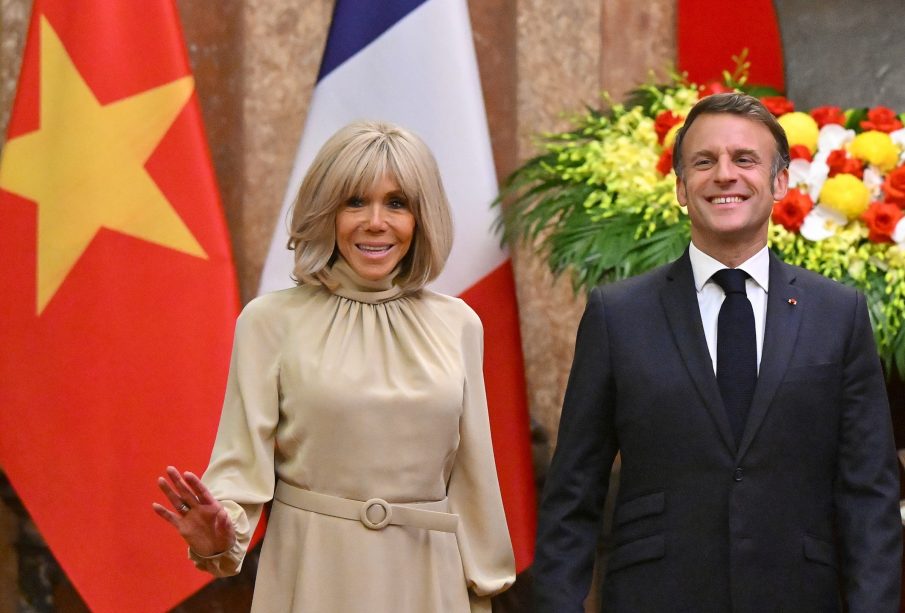Brigitte Macron: The Role of France’s First Lady

Introduction
Brigitte Macron, the wife of French President Emmanuel Macron, has become a prominent figure on the international stage since her husband took office in May 2017. Her role as First Lady of France has sparked considerable interest not only due to her marriage to a political leader over two decades younger than herself, but also because of her active engagement in social issues and public life. Understanding her influence offers insights into the changing perceptions of traditional roles in political families.
Brigitte’s Background and Journey
Born on April 13, 1953, in Amiens, France, Brigitte Trogneux was a teacher before her marriage to Emmanuel Macron. The pair first met when he was a student in her literature class at La Providence High School in Amiens. Their relationship, which began when Macron was just 16 years old, garnered significant media attention due to their age difference and unique love story, leading to their marriage in 2007.
Role as First Lady
As the First Lady, Brigitte Macron has taken on a variety of initiatives focused on education, health, and women’s rights. Notably, she has advocated for improving literacy rates in France and has been active in promoting various cultural events. Her presence has been marked by her commitment to social causes such as the anti-bullying campaign “#MyAntiBullying” that aims to create safe environments for children in schools.
Public Perception
Brigitte Macron’s unconventional pathway into the political limelight has reshaped public perceptions of the First Lady’s role. While she faced initial skepticism, over time, she has earned recognition and respect for her professional background, notably as a teacher, and her hands-on approach to the responsibilities of her position. Such involvement has made her a relatable figure, especially among younger generations.
Controversies and Challenges
Despite her popularity, Brigitte Macron has not been immune to controversy. Media scrutiny regarding her age and appearance has been intense, and she has frequently had to counteract derogatory remarks. Understanding the response to these challenges is crucial in addressing gender inequalities in public perceptions of women in political roles.
Conclusion
Brigitte Macron’s presence as France’s First Lady reflects a broader societal shift towards accepting diverse, modern family dynamics and the evolving expectations of political spouses. As she continues to champion various causes, her role illustrates the potential impact that first ladies can have, transcending traditional boundaries. The future may hold an expanded role for Brigitte Macron as she continues to influence French politics and culture from the unique vantage point of her position.









